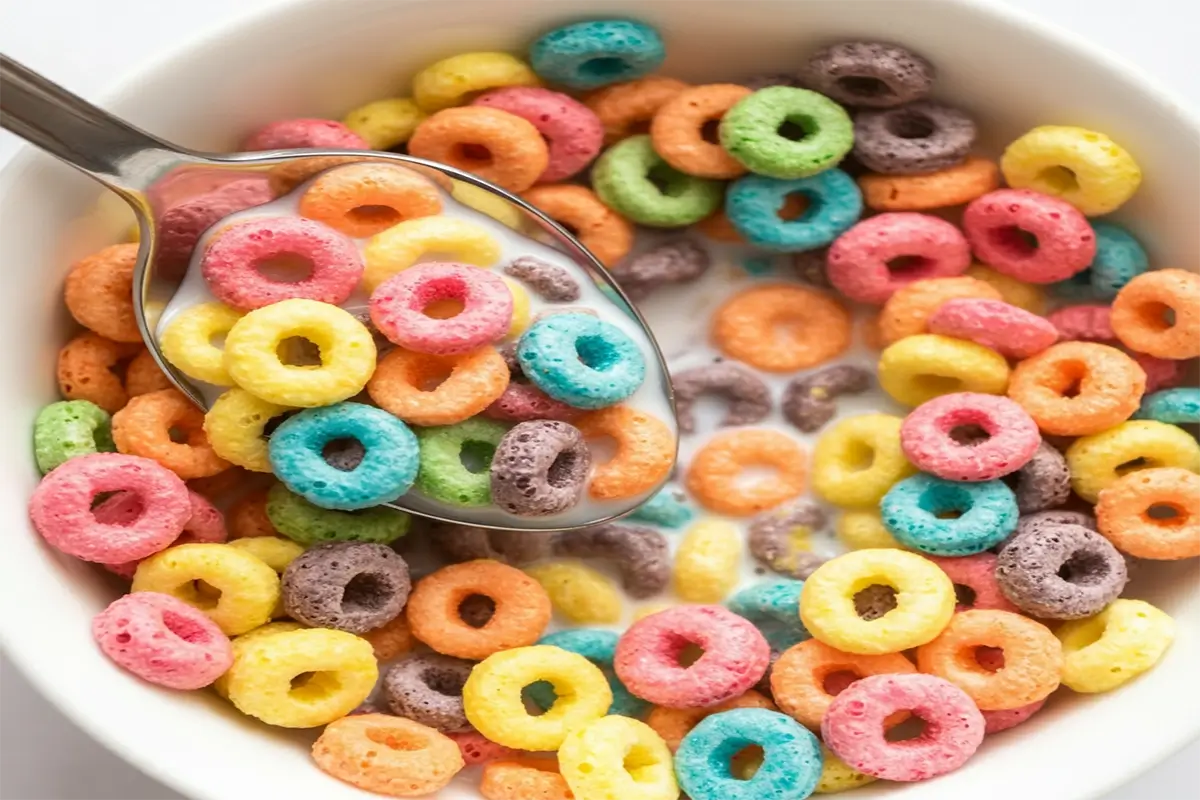If you’ve ever walked down the cereal aisle and spotted a bright, colorful box of Fruit Loops, you’ve probably felt that wave of nostalgia. For many, this sugary, crunchy cereal was a beloved childhood favoAre Fruit Loops Gluten-Freerite. But if you’re gluten-free, you might have long since resigned yourself to the fact that this treat is off-limits. But what if I told you that you could recreate that same vibrant, fun, and crunchy goodness in your own kitchen—without the gluten?
In this article, we’ll guide you through making your own gluten-free Fruit Loops recipe. Whether you have celiac disease, gluten sensitivity, or simply want to avoid gluten for other health reasons, this homemade version offers a delicious alternative that you can enjoy with no worries. By the end of this article, you’ll be equipped with a simple, step-by-step recipe that will satisfy your cravings for Fruit Loops while keeping things gluten-free.
Table of Contents
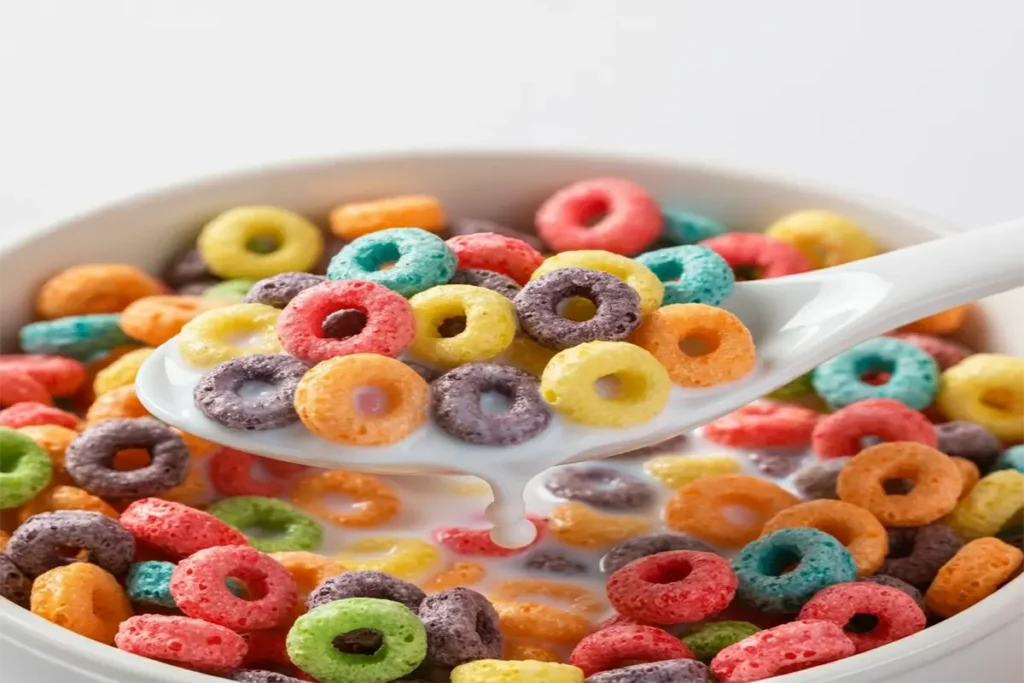
Are Fruit Loops Gluten-Free? A Look at the Ingredients
Before diving into the recipe, let’s first address an important question: Are Fruit Loops gluten-free?
The answer is simple: no. Traditional Fruit Loops, like many other mainstream cereals, are made using wheat flour, which contains gluten. Gluten is a protein found in wheat, barley, rye, and their derivatives, making it unsuitable for people with gluten sensitivity or celiac disease. In addition to wheat flour, Fruit Loops often contain other ingredients like malt syrup, which is also derived from barley—another gluten source.
However, that doesn’t mean you can’t enjoy this colorful, sweet cereal in a gluten-free form! By swapping out a few key ingredients, you can easily make your own version at home using gluten-free alternatives. That’s what we’re going to explore today—how to recreate Fruit Loops at home without the gluten!
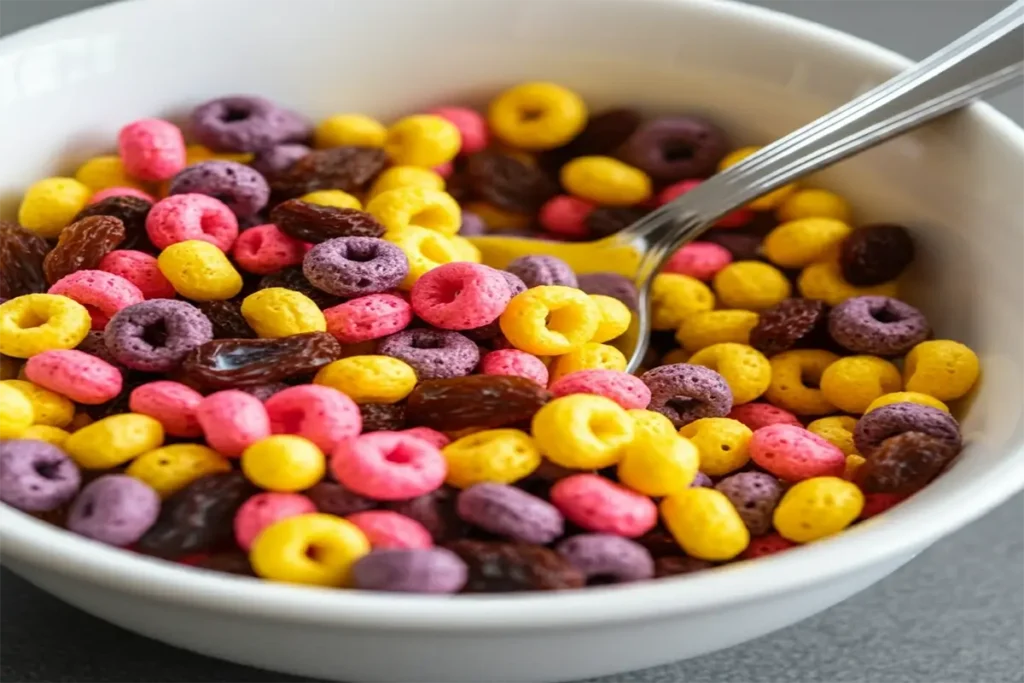
What Does Gluten-Free Really Mean?
For those new to gluten-free diets, it’s important to understand what gluten is and why it’s important to avoid it.
Gluten is a protein found in grains like wheat, barley, and rye. While most people can digest gluten without issues, some individuals experience negative reactions due to gluten intolerance or celiac disease. For these individuals, consuming gluten can cause digestive distress, inflammation, and long-term health issues if left untreated.
A gluten-free diet excludes all foods that contain these grains and focuses on naturally gluten-free options like rice, corn, quinoa, and oats (if processed in a gluten-free facility). Many gluten-free foods are just as delicious as their gluten-filled counterparts—and in some cases, even more nutritious!
When you make your own gluten-free Fruit Loops, you can rest assured that you’re avoiding gluten and still enjoying a treat that’s full of flavor and color.
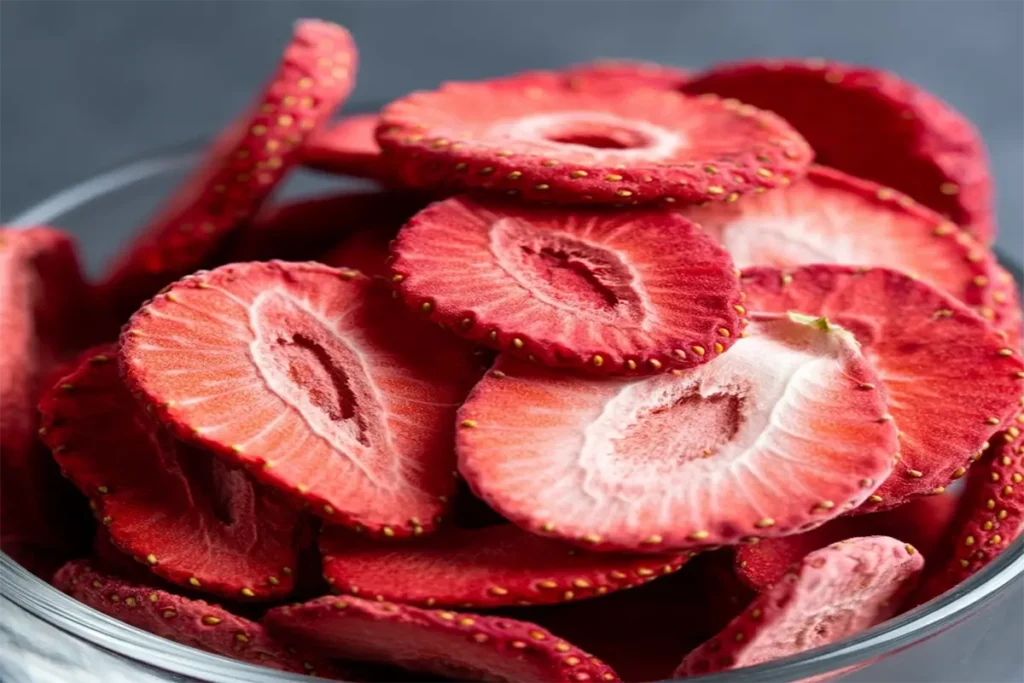
Ingredients for Your Gluten-Free Fruit Loops Recipe
Now that we’ve covered the basics, let’s talk about the ingredients you’ll need to make your own gluten-free Fruit Loops. Fortunately, making gluten-free Fruit Loops is much easier than you might think, and you likely already have most of the ingredients in your pantry.
Here’s a quick rundown of what you’ll need:


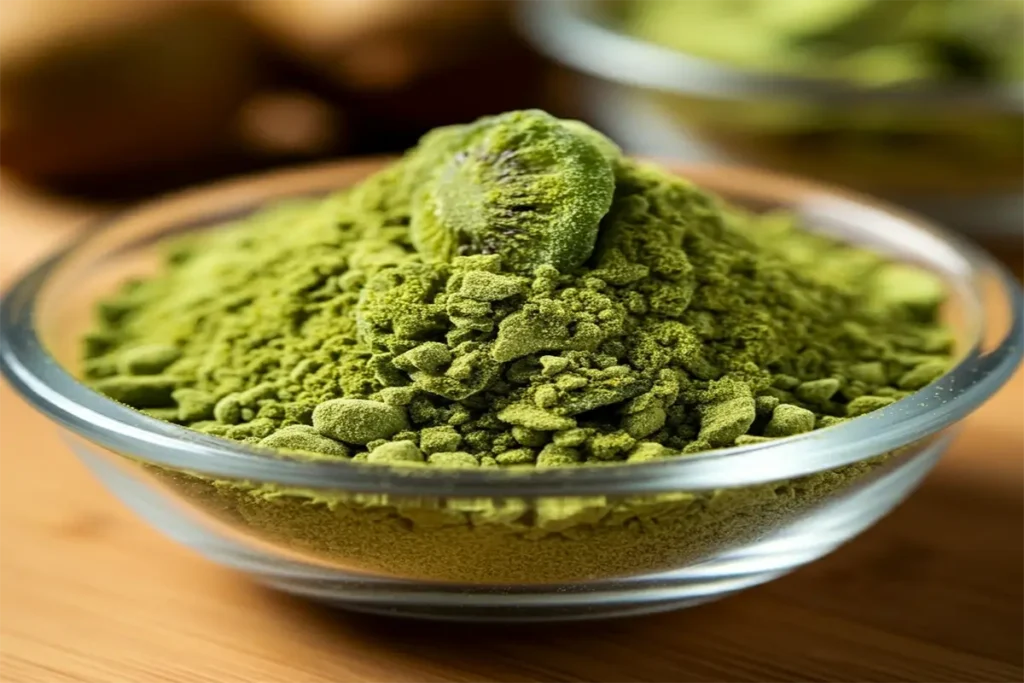
Key Ingredients for a Gluten-Free Fruit Loops Recipe
- Cornmeal (or rice flour): This will serve as the base of your cereal. Cornmeal has a naturally gritty texture that mimics the crunch of traditional cereal. If you prefer, rice flour is another excellent option.
- Sweeteners: To keep the sweetness of the original Fruit Loops intact, we’ll use natural sweeteners like maple syrup or honey. Both of these options add sweetness without the processed sugars found in the store-bought version.
- Non-Dairy Milk: You’ll need a binding agent to help bring the dough together, and almond milk (or another non-dairy milk) works beautifully for this. It adds moisture and helps achieve the right consistency.
- Natural Food Coloring: Fruit Loops are known for their vibrant colors, so you’ll want to add some natural food coloring to your homemade version. You can use beetroot powder for red, turmeric for yellow, or spirulina for green—these natural colors will make your Fruit Loops just as fun and colorful as the original.
- Vanilla Extract: This is optional but recommended. Vanilla extract adds a lovely depth of flavor to the cereal that enhances the overall taste.
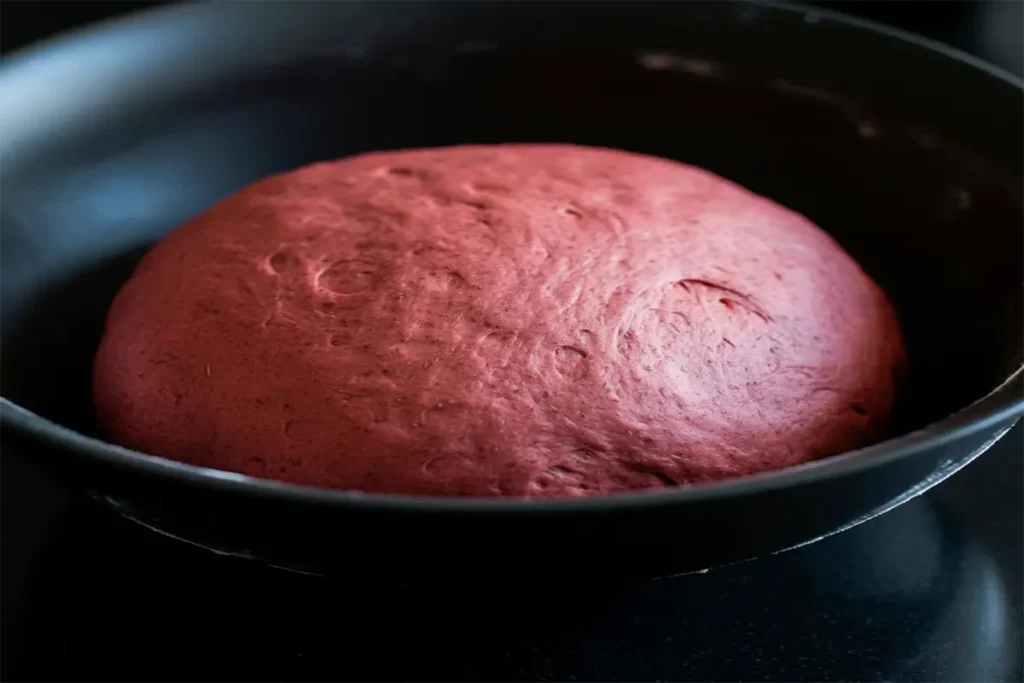
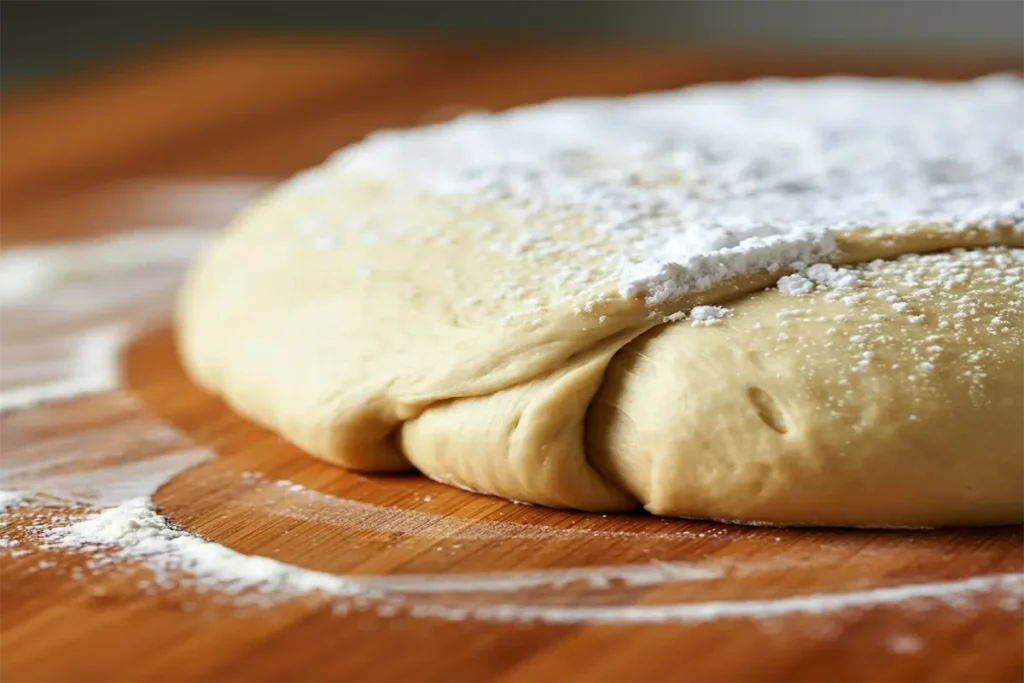
Table: Ingredients for Gluten-Free Fruit Loops Recipe
| Ingredient | Purpose | Substitute (if applicable) |
|---|---|---|
| Cornmeal | Base for texture | Rice flour, gluten-free oats |
| Maple syrup | Sweetener | Honey, agave syrup |
| Non-dairy milk | Moisture and binding | Coconut milk, oat milk |
| Natural food coloring | Color | Beetroot powder, turmeric |
| Vanilla extract | Flavor enhancer | None (optional) |
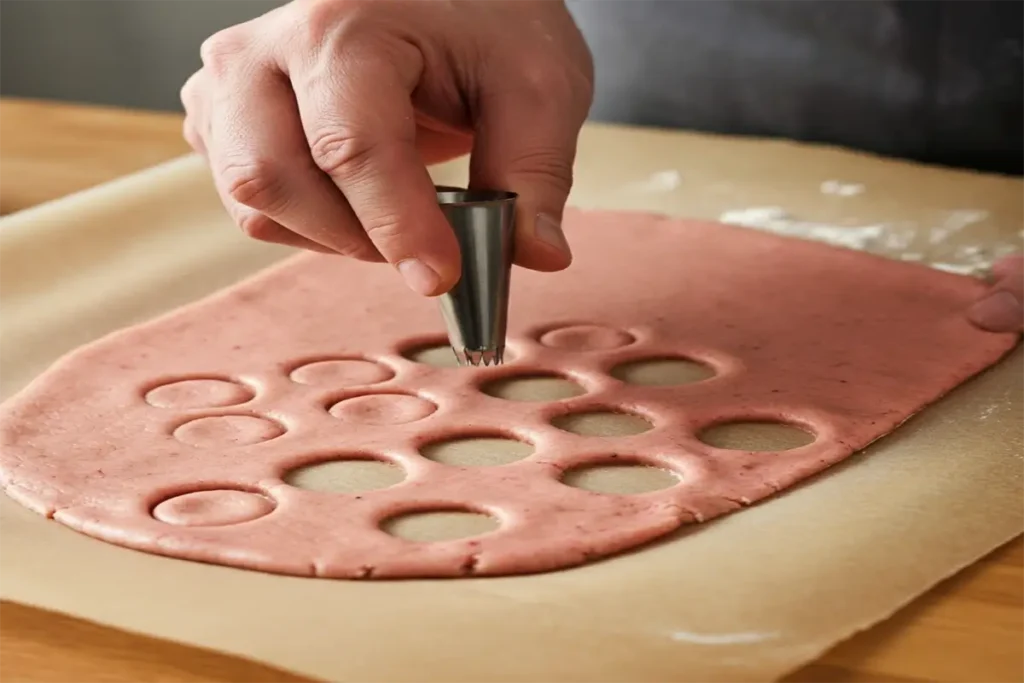

How to Make Your Gluten-Free Fruit Loops
Now comes the fun part—actually making your homemade, gluten-free Fruit Loops! Here’s a simple step-by-step guide to help you along the way.
Step 1: Preheat the Oven
Start by preheating your oven to 350°F (175°C). This ensures it’s hot enough to bake your Fruit Loops to a crispy finish.
Step 2: Mix the Dry Ingredients
In a large mixing bowl, combine your dry ingredients:
- Cornmeal (or rice flour if you prefer a finer texture)
- A pinch of salt to balance the sweetness
- Natural food coloring (if using turmeric, beet powder, etc.)
Stir well to ensure everything is evenly mixed.
Step 3: Add the Wet Ingredients
Add your wet ingredients to the dry mix:
- Pour in your almond milk (or non-dairy milk of your choice) and maple syrup or honey.
- Add a teaspoon of vanilla extract if desired.
Mix everything together until a dough forms. If the dough seems too dry, add a splash more non-dairy milk. If it’s too wet, add a bit more cornmeal or rice flour until it reaches the right consistency.
Step 4: Shape the Loops
Now comes the trickiest part—shaping your loops! You can either:
- Use your hands to roll small pieces of dough into balls and then shape them into loops, or
- Use a small cookie cutter or mold to create perfect loop shapes. This option ensures consistency and can be fun for kids to help with!
Place the shaped dough onto a parchment-lined baking sheet. Make sure the loops are spaced out a little, so they don’t stick together while baking.
Step 5: Bake
Place your baking sheet in the oven and bake for about 15-20 minutes, or until the Fruit Loops are golden brown and crispy. Keep an eye on them to ensure they don’t overcook.
Step 6: Cool and Enjoy
Let the Fruit Loops cool completely on a wire rack. They’ll crisp up even more as they cool.
Once cooled, your homemade gluten-free Fruit Loops are ready to be enjoyed!
Make Your Gluten-Free Fruit Loops Even More Fun!
Don’t be afraid to get creative with your gluten-free Fruit Loops recipe! Here are a few variations and fun ideas to experiment with:
- Chocolate Fruit Loops: Add 2 tablespoons of cocoa powder to your dry ingredients for a chocolaty twist.
- Cinnamon Fruit Loops: Stir in 1 teaspoon of ground cinnamon for a seasonal flavor that’s perfect for fall.
- Sugar-Free Version: Swap out the maple syrup for a sugar-free sweetener like stevia or monk fruit to create a low-sugar version of your homemade cereal.
How to Keep Your Fruit Loops Fresh
After all your hard work, you’ll want to store your homemade Fruit Loops properly to keep them fresh. Here’s how:
- Airtight Container: Store your Fruit Loops in an airtight container at room temperature. They should stay fresh for about 1-2 weeks.
- Freezing Option: If you want to keep them longer, you can store them in a freezer-safe bag and freeze them. Simply thaw before eating, and they’ll be just as crunchy as fresh.
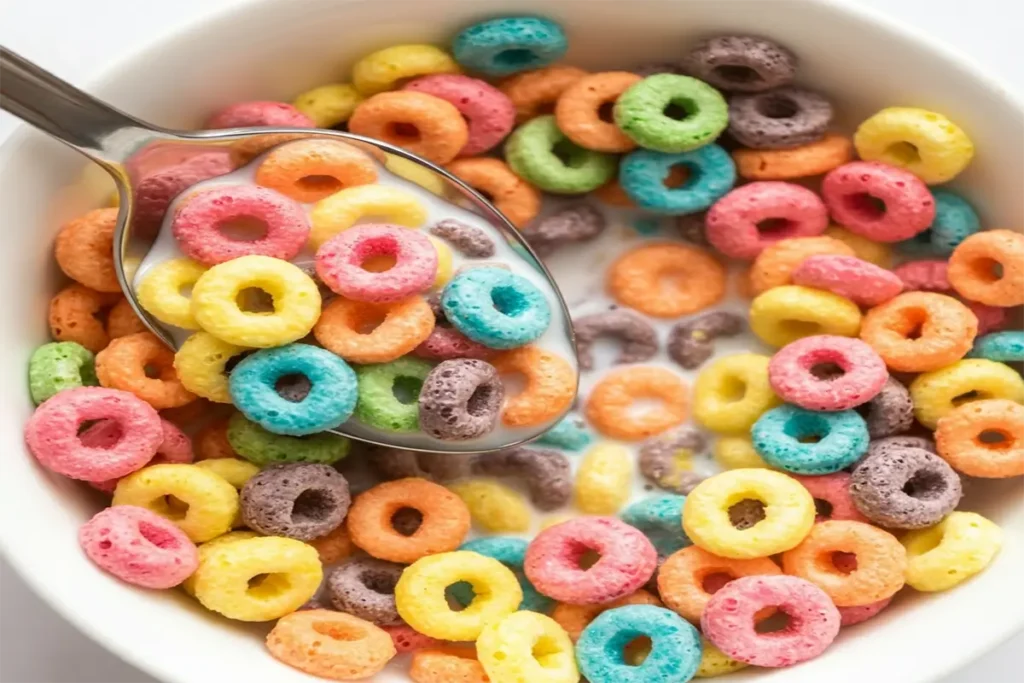
Are Fruit Loops Gluten-Free? A Complete Guide for Gluten-Sensitive Diets
If you’re on a gluten-free diet or have gluten sensitivity, finding safe breakfast options can sometimes be challenging. One popular question often arises: Are Fruit Loops gluten-free? Fruit Loops may seem like a harmless, fruity cereal choice, but if you’re concerned about gluten, it’s important to know exactly what goes into your breakfast bowl. This article will break down everything you need to know about Fruit Loops, gluten, and some great alternatives to try.
Understanding Gluten: What Is It, and Why Does It Matter?
Before answering the question, Are Fruit Loops gluten-free? let’s clarify what gluten actually is. Gluten is a protein found in grains like wheat, barley, and rye. It provides elasticity to dough, giving it the chewy texture we often associate with bread and other baked goods. However, for individuals with celiac disease or non-celiac gluten sensitivity, gluten consumption can cause digestive issues, inflammation, and other health complications. These individuals must avoid gluten entirely to maintain good health.
Are Fruit Loops Gluten-Free? The Ingredients List
So, are Fruit Loops gluten-free? Unfortunately, Fruit Loops are not gluten-free. A closer look at the ingredients reveals why this popular cereal doesn’t make the cut. Here’s a quick breakdown of some of the main ingredients in Fruit Loops and their relevance to a gluten-free diet:
- Wheat Flour: Wheat flour is one of the primary ingredients in Fruit Loops. Since wheat is a significant source of gluten, this makes Fruit Loops unsafe for those with gluten sensitivities.
- Oat Fiber: Oats themselves are gluten-free, but they can be contaminated with gluten during processing. Unless labeled specifically as “gluten-free oats,” oat products may pose a risk for individuals sensitive to gluten.
- Barley Malt Extract: Barley malt is another source of gluten, commonly used as a flavoring agent in cereals, including Fruit Loops. Even in small amounts, it can cause reactions for people on a strict gluten-free diet.
In addition to these ingredients, Fruit Loops may also contain artificial colors, flavorings, and preservatives, though these do not directly affect the gluten content. However, for people with dietary restrictions, sticking to simpler, naturally gluten-free options may feel safer and more satisfying.

What Happens If Someone with Gluten Sensitivity Eats Fruit Loops?
If someone with celiac disease or gluten sensitivity consumes Fruit Loops, they may experience various symptoms. Gluten triggers an immune response in people with celiac disease, causing inflammation in the small intestine. This can lead to digestive issues, skin problems, fatigue, and long-term complications if not addressed. People with non-celiac gluten sensitivity may experience discomfort, including bloating, gas, or brain fog, without long-term intestinal damage.
To avoid such reactions, it’s best for gluten-sensitive individuals to steer clear of Fruit Loops and other cereals containing gluten.
Gluten-Free Alternatives to Fruit Loops
If you’re searching for a gluten-free cereal that offers a similar fruity flavor without the gluten, several brands cater to gluten-free diets and have delicious, colorful options for breakfast. Here are a few alternatives:
- Cheerios: Cheerios offer various gluten-free options, including fruity varieties that could satisfy a craving for Fruit Loops. Made with oats that are carefully processed to avoid gluten contamination, Cheerios provides a certified gluten-free option that’s widely available.
- EnviroKidz Organic Gorilla Munch: Although it doesn’t have the same fruity flavor, Gorilla Munch is a gluten-free cereal with a lightly sweet taste. Plus, it’s organic, non-GMO, and kid-friendly.
- Natures Path Gluten-Free Sunrise Crunchy Vanilla: This cereal combines crunchy textures with a mild vanilla flavor. It’s gluten-free, and the brand offers several other gluten-free options, including some with fruity flavors.
- Fruity Pebbles: Fruity Pebbles is another gluten-free cereal with a fun, colorful appeal. Made primarily with rice, it doesn’t contain any wheat or barley malt. It’s a good substitute for those seeking a cereal similar to Fruit Loops in terms of flavor and color.
Why It’s Important to Check Labels
When it comes to gluten-free eating, checking product labels is essential. Gluten can be hidden in unexpected places, and some products that seem gluten-free might contain gluten as a filler, thickener, or flavoring agent. Here are some quick tips for checking labels:
- Look for a Certified Gluten-Free Label: A product labeled as “certified gluten-free” has undergone rigorous testing and meets strict guidelines.
- Check for Hidden Ingredients: Barley malt extract, wheat starch, and rye are all common sources of gluten found in processed foods.
- Beware of Cross-Contamination: Even if a product doesn’t contain gluten ingredients, it may be processed in a facility that handles gluten-containing grains. Look for notes about cross-contamination risks on the label.
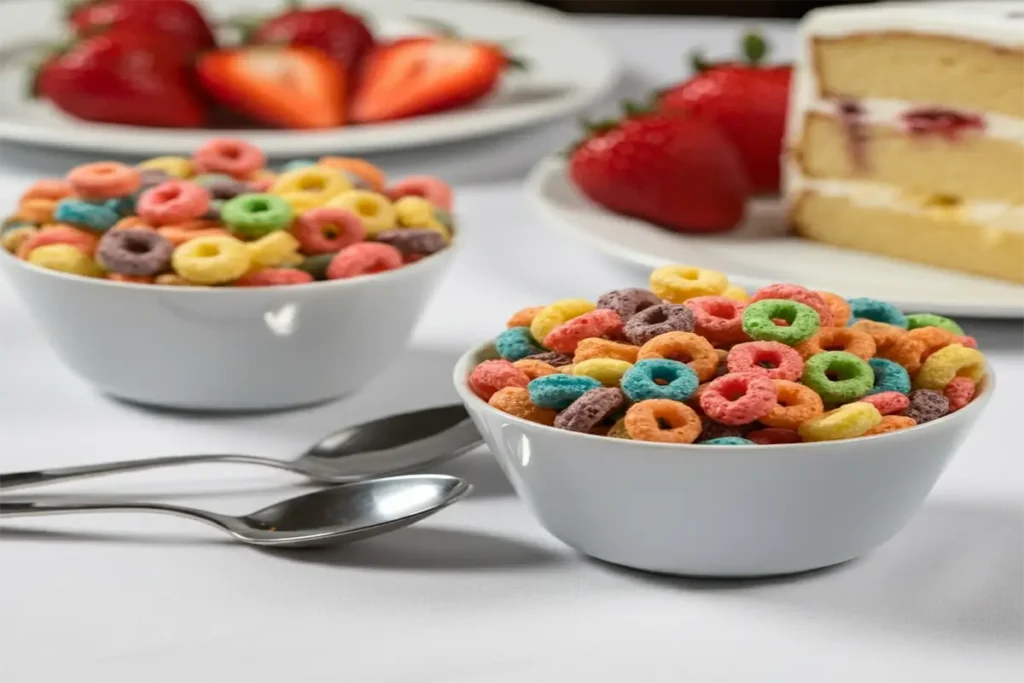
The Verdict: Are Fruit Loops Gluten-Free?
In conclusion, the answer to “Are Fruit Loops gluten-free?” is no. Fruit Loops contain wheat flour, barley malt extract, and potentially gluten-contaminated oat fiber, all of which make it unsuitable for a gluten-free diet. However, with an increasing number of gluten-free cereals on the market today, those with gluten sensitivities don’t have to feel left out. Cheerios, Fruity Pebbles, and other gluten-free options provide satisfying alternatives that offer great taste and peace of mind.
When following a gluten-free diet, always take the time to research and verify ingredients. While some cereals may appear safe at a glance, a closer look often reveals gluten-containing ingredients. By choosing certified gluten-free options and reading labels carefully, you can enjoy a delicious, worry-free breakfast every morning.
FAQ Section: Frequently Asked Questions
1. Are Fruit Loops naturally gluten-free?
No, the original Fruit Loops contain gluten, as they are made with wheat flour and malt syrup. However, making a homemade version using gluten-free ingredients is easy!
2. Can I make this recipe without food coloring?
Yes, you can skip the food coloring or use natural alternatives like beetroot powder or spirulina. Your Fruit Loops will still be delicious!
3. How can I make this recipe sugar-free?
For a sugar-free option, you can substitute maple syrup with stevia or monk fruit sweetener.
4. How do I store my homemade Fruit Loops?
Store your gluten-free Fruit Loops in an airtight container at room temperature for up to 2 weeks, or freeze them for longer storage.
Conclusion: Enjoy Your Gluten-Free Fruit Loops!
There you have it! You’ve learned how to make a homemade version of Fruit Loops that’s completely gluten-free and just as delicious as the


